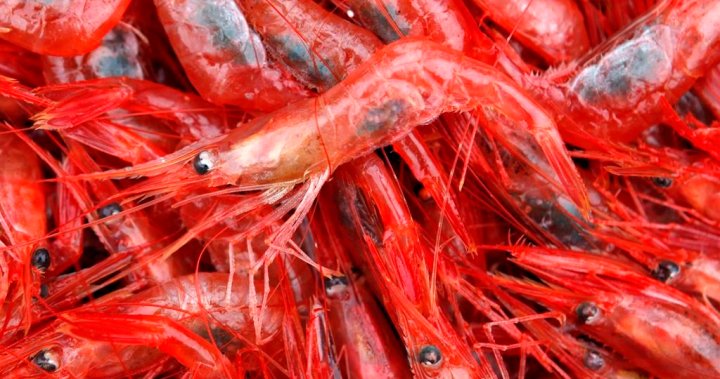
‘More than a worry’: Quebec shrimp fishery faces climate change, tough economy
Global News
After the owners of a processing plant announced its closure, there's fear that it's not only the Matane shrimp that are on their way out, but the Quebec shrimp fishery as a whole.
For years, the northern shrimp fished in the Quebec waters of the Gulf of St. Lawrence have been known as “crevettes de Matane,” named after the town where much of the province’s harvest has been processed since the 1960s.
But after the owners of the town’s processing plant announced its closure this week, there’s fear that it’s not only the Matane shrimp that are on their way out, but the Quebec shrimp fishery as a whole.
Patrice Element, director of the shrimp industry group Office des pêcheurs de crevette du Québec, said it’s hard to be surprised by the closure. Over the years, temperatures in the gulf have been rising, causing shrimp stocks to plummet and making conditions more favorable for fish species that eat them, he said.
“It’s more than a worry. It’s a quasi-certainty that if it continues to decline like last year, it’s the end, especially with economic conditions that don’t help us either,” Element said in a phone interview.
Royal Greenland, owners of the seafood processing plant in Matane, announced Monday that it was closing due to a number of factors including declining shrimp stocks, as well as a lack of employees and “increasing financial challenges” including high shore prices and low market prices.
In January, the federal Department of Fisheries announced that the quota for northern shrimp stocks in the estuary and northern Gulf of St. Lawrence — which includes parts of Quebec, New Brunswick and Newfoundland — would be decreased to 3,060 tonnes, compared to about 14,500 tonnes in 2023.
Element said the quotas were about 35,000 tonnes as recently as 2015. What remains, he said, is enough for a handful of boats and crews, rather than the 80 or 90 that currently exist.
Marie-Julie Roux, a research scientist for the Fisheries Department, said temperatures near the sea floor, where the northern shrimp live, increased about 1.8 degrees over the 13-year period ending in 2022. While the number may seem small, it’s “huge” for a cold-blooded species like shrimp, which can’t regulate their own body temperature and were already at the southern edge of their range in the St. Lawrence, she said.











